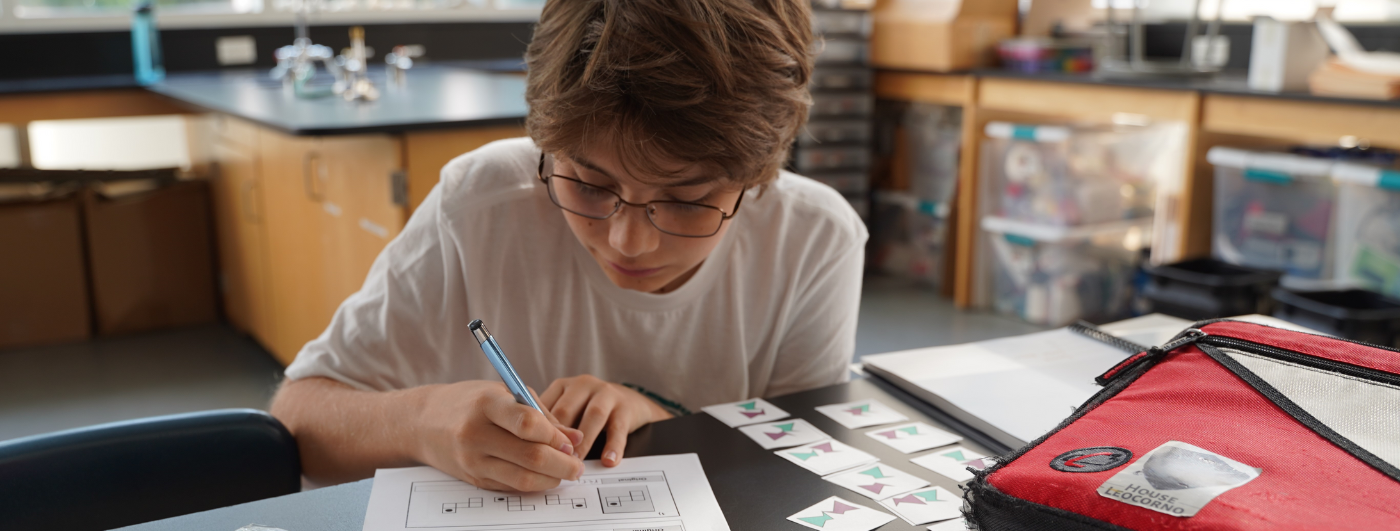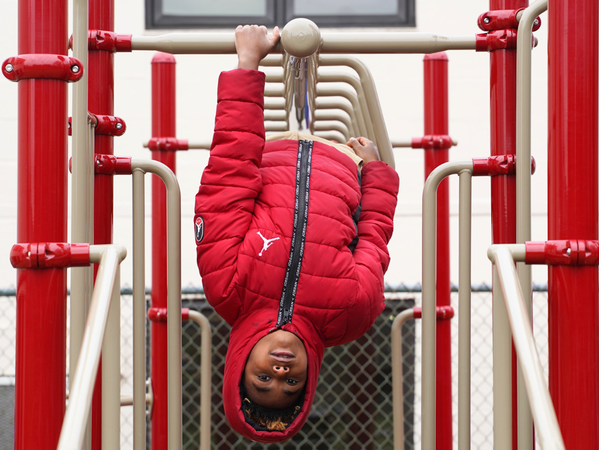Empowering students with language-based learning differences

Siena Blog



The Siena School Blog
Discover, Learn, Celebrate, and Empower
Welcome to Siena's blog, your source for helpful, cutting-edge resources tailored to teachers, parents, and other advocates in the learning differences community. We are dedicated to providing a wealth of curated knowledge spanning various topics, ranging from dyslexia advocacy and awareness to classroom teaching strategies, heritage month profiles, and social and emotional health.
Discover innovative classroom strategies that inspire creativity and foster a love of learning.
Our commitment to social-emotional wellness ensures that we provide valuable insights into healthy student development and self-advocacy.
Discover resources, reading and podcast recommendations, volunteering opportunities, and more for parents in the LD community.
Our important heritage month posts highlight key people, offer reading and podcast recommendations, and more.
How Outdoor Recess Benefits Students

Avg. read time: 3 min.
Outdoor recess and physical activity have always been crucial parts of the school day at Siena.
By keeping up with relevant research, Siena has made specific choices of playground equipment to benefit our population of students with language-based learning differences. Such intentionality ensures that our students at all three Siena campuses are regularly practicing their fine and gross motor skills, physical and mental flexibility, creativity, and much more on the playground.
Brain and Body Development on the Playground
Alongside the cardiovascular work of outdoor activities as a physical outlet for excess energy, there are numerous benefits for adolescents inside and outside the classroom. All three Siena campuses have plenty of open outdoor space for these and other games, including imaginative play.
In addition, Siena’s Satellite campus for grades 3 and 4 has a new climbing and slide playground and Gaga ball pit to keep our young learners moving and collaborating.
Our Northern Virginia campus regularly has outdoor PE and other activities (e.g., yoga), and our Forest Glen campus recently installed a climbing structure and Gaga ball pit. Getting elementary and middle schoolers outside regularly helps all of our students work their bodies and their brains.
Occupational therapists especially value climbing for adolescents’ brain development, social-emotional learning, and a host of other skills:
Decision making and problem solving in the moment: “As children climb, they need to make decisions, solve problems, and even visualize the solution: What will it take for me to get to the top? Do I have to put my hand or foot in a specific place to move upward?” (The Genius of Play)
Collaboration and Communication: “By exploring a climbing structure and working together with other children to forge a path to the top, many young climbers learn valuable lessons about teaching, listening, and communicating” (Luckey Climbers)
Controlled Risk-Taking: “Climbing also provides a thrilling experience that feels risky to kids. Giving them opportunities to enjoy the excitement of perceived risk can help build their confidence and independence” (Miracle Recreation)
Spatial Awareness: “As this skill is practiced [while climbing] children become better at navigating the surface they are climbing, making them more efficient to get up and down and safer. They learn where their body is, how they can use their body on the surface to climb, and begin to learn ways to avoid falling” (Arizona Orthopedic Physical Therapy)
Research on the Benefits of Play for Children
There is a lot of research available on the benefits of climbing and other forms of outdoor physical activity. For more information, see:
- 7 Elements of Play & How They Impact Learning In The Classroom Element
- 4 Ways Climbing Boosts Kids' Development
- Climbing is the Perfect Activity for Your Kids
- The Importance of Climbing in Child Development
- The Importance of Climbing for Kids
- Key Benefits of Climbing for Children
- University of North Florida, Science Daily
Additional Resources for Families
See the Siena blog’s Parents and Community section for more pieces of interest for young learners, including Why Is Early Intervention Important? and Common Acronyms in LD Education.
The Siena School, a national leader in dyslexia education, serves bright, college-bound students with language-based learning differences on DC Metro area campuses in Silver Spring, MD (grades 3-4 and 5-12) and Oakton, VA (grades 3-12).
